
CHEERS TO 2025!
As we bid farewell to another year and embrace the fresh start of a new one, many of us find ourselves contemplating resolutions. Whether...
Read more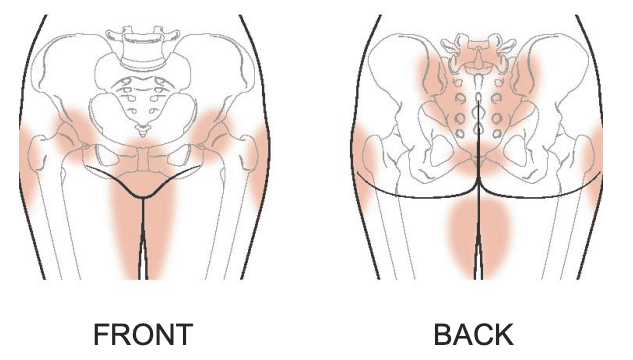
So, what is PGP? It is a range of uncomfortable symptoms in and around your pelvic area and is associated with inappropriate load transfer through your pelvis making standing, walking and sitting uncomfortable or painful. The changes the body goes through during pregnancy can contribute to these symptoms, including; increased body weight and load through the pelvis as your baby grows, hormonal changes that cause your ligaments to soften and increased mobility of the pelvic joints to prepare for birth.
This can be quite a stressful time for women, and it’s well known to cause higher rates of depression and anxiety and increase the need to take sick leave from work. But you do not need to be alone on this journey! PGP is commonly managed with physiotherapy along with other health care professionals like: GP’s, obstetricians, midwives, massage therapists and chiropractors.
So, what do you need to look out for? Symptoms can include pain between the top of the pelvis and bottom of the buttocks, particularly around the joints that link your pelvis to your lumbar spine. You may also experience pain that radiates down the back of your thighs.
Pain can be present with normal everyday activities, but some common aggravating factors for PGP are: getting in and out of the car, rolling over in bed, going up and down stairs, exercises that are on one leg and getting dressed.
Easy, simple changes to your day to day movements can provide huge amounts of pain relief.
More carefully getting in and out of the car can improve your PGP. Sitting onto the car seat with both legs together, and then swivelling into or out of the car, keeping your legs together helps prevent the shearing movement at the front of the pelvis and help manage your pain. You can also use a plastic bag as a tool to help you swivel your bottom to help get into the car.
You want to roll in bed in one smooth motion that allows the pelvis to stay in alignment. Try and avoid swinging your legs apart and moving one leg at a time as this can aggravate your pain. Instead, let’s aim to roll onto one side while keeping your knees together with a slight bend in the knees. Push yourself up with your hands and turn over keeping your knees together. Or if you’re getting out of bed, slowly swinging your legs together in one smooth motion and placing both feet on the ground.
Dressing can be a common issue for women with PGP, so let’s make this easier by dressing sitting down. Try sitting on the edge of the bed to get your pants on, putting one leg in at a time and then move to standing to do them up. This will reduce your PGP as you won’t need to balance on one leg to get dressed.
Research shows that exercises can be incredibly beneficial throughout pregnancy for both your physical and mental health, and also help your PGP. Walking is a great place to start with getting your body moving. If you are getting pain with walking, try taking smaller steps and walking at a slower pace. If you need to go up or down stairs, try taking the steps one at a time. This can help reduce the aggravating movement through your pelvis.
Other exercises shown to be beneficial for PGP include glute, adductor, abductor and core exercises. A women’s health physiotherapist can provide recommendations to guide you through developing simple and effective home exercise program.
PEAK Sports and Spine have Physiotherapists and Women’s Health Physiotherapists who can offer hands-on therapy to give you effective pain relief to manage your PGP. Relieving the tension in the muscles around the pelvis and glutes can be effective in relieving your symptoms. Physiotherapists can also recommend other additional treatment options like an SIJ belt to manage your symptoms, where appropriate.
PGP will most likely stop after the delivery of your baby, with only 10-30% of women having ongoing pain after birth, but there are many treatment options for you during pregnancy to make you more comfortable. Managing PGP will allow you to enjoy your journey through pregnancy. The earlier we diagnose PGP the better in avoiding discomfort throughout your pregnancy. Please do not hesitate to seek help and talk to one of our skilled Women’s Health Physiotherapists.

As we bid farewell to another year and embrace the fresh start of a new one, many of us find ourselves contemplating resolutions. Whether...
Read more
The Importance of Lower Limb Strength and Stability for Performance and Injury Prevention in Touch Football Players Touch football is a dynamic and fast-paced sport,...
Read more
Muay Thai Champion In the fiercely competitive world of Muay Thai, grit, determination, and unrelenting passion define champions. One such athlete has captured the hearts...
Read more
A common misconception is that physiotherapists are only able to help with injuries. A physiotherapist has a wide range of skills that allows them...
Read more
And the role Physiotherapy can play in managing it. Joint hypermobility is a very common presentation that our clinicians treat at PEAK and it is...
Read more
Meet Luke, a PEAK athlete with a story we have all heard before – lower back pain that leaves you completely debilitated for days. Luke...
Read more
Conquering the Blackall 100km In the world of endurance sports, the journey of an athlete is often as inspiring as the race itself. One athlete...
Read more
Keen on Getting into Running in the New Year? Let’s Do It Without the Pesky Knee Pain! The new year is here, and with it...
Read more
Embracing Growth, Fitness, and Self-Defense When most people think of martial arts, they often picture kids in uniforms or action movie stars in fight scenes....
Read more
2024 Room Nomination Winners Meet Krystle and Joe, who in 2024 made PEAK history winning a joint room nomination! At PEAK we have an annual...
Read moreNot exactly what you're looking for?
View all articles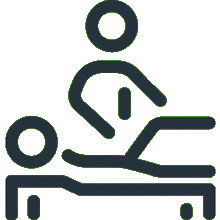
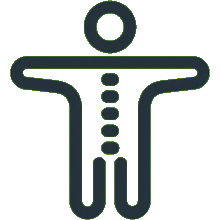
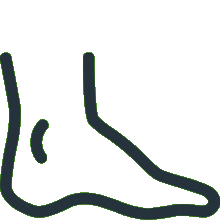





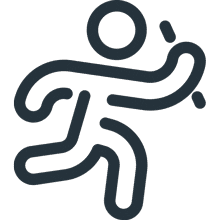

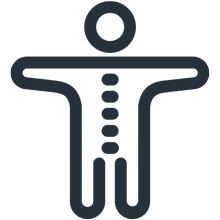
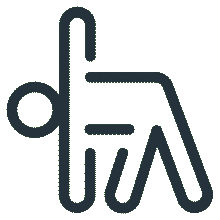

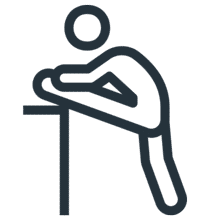




Can't find what you're after?
View all ServicesOr email the PEAK team at info@peakssc.com.au
To make a booking outside of business hours, please use our form by clicking here.
To make a booking outside of business hours, please use our form by clicking here.